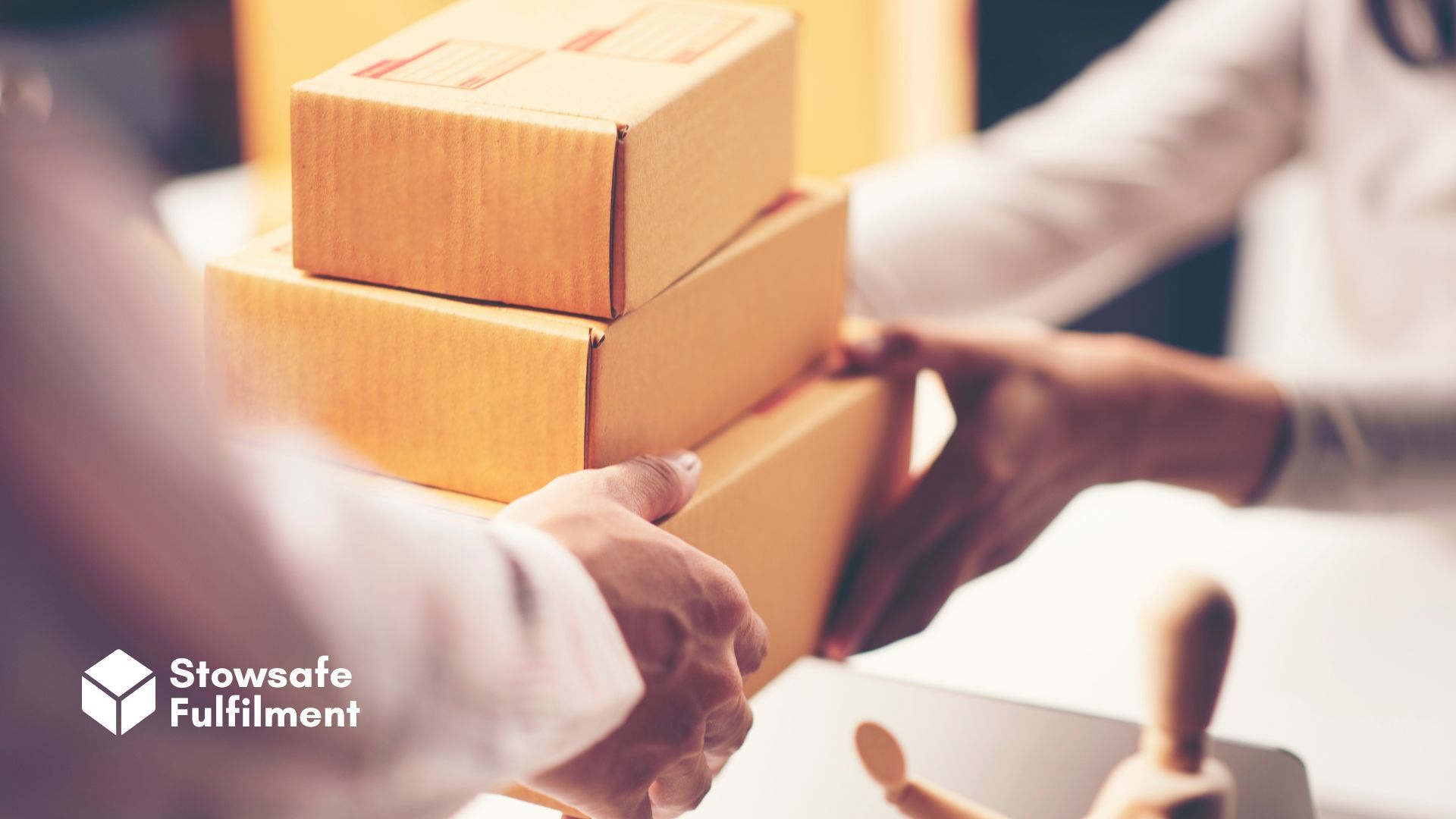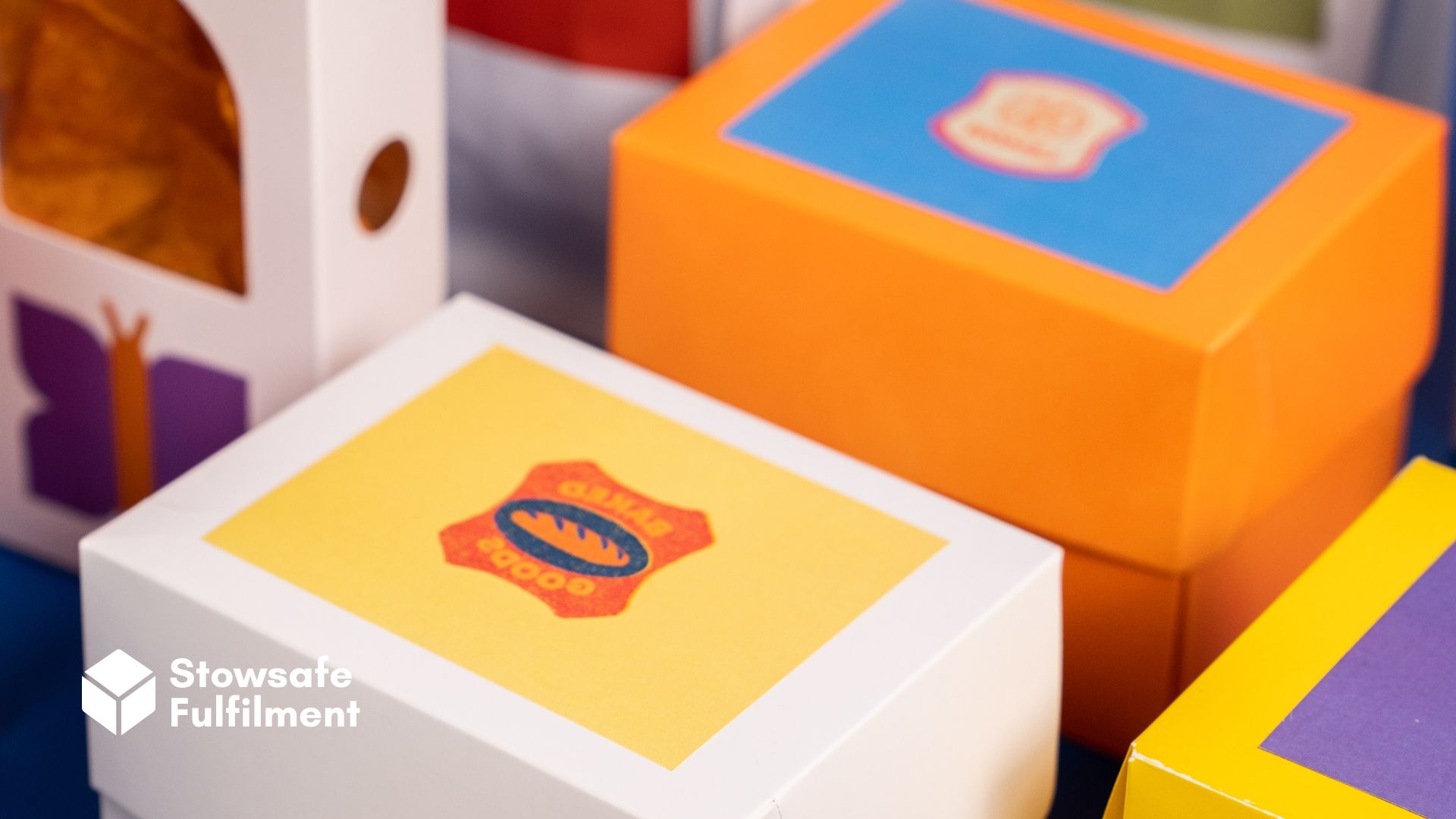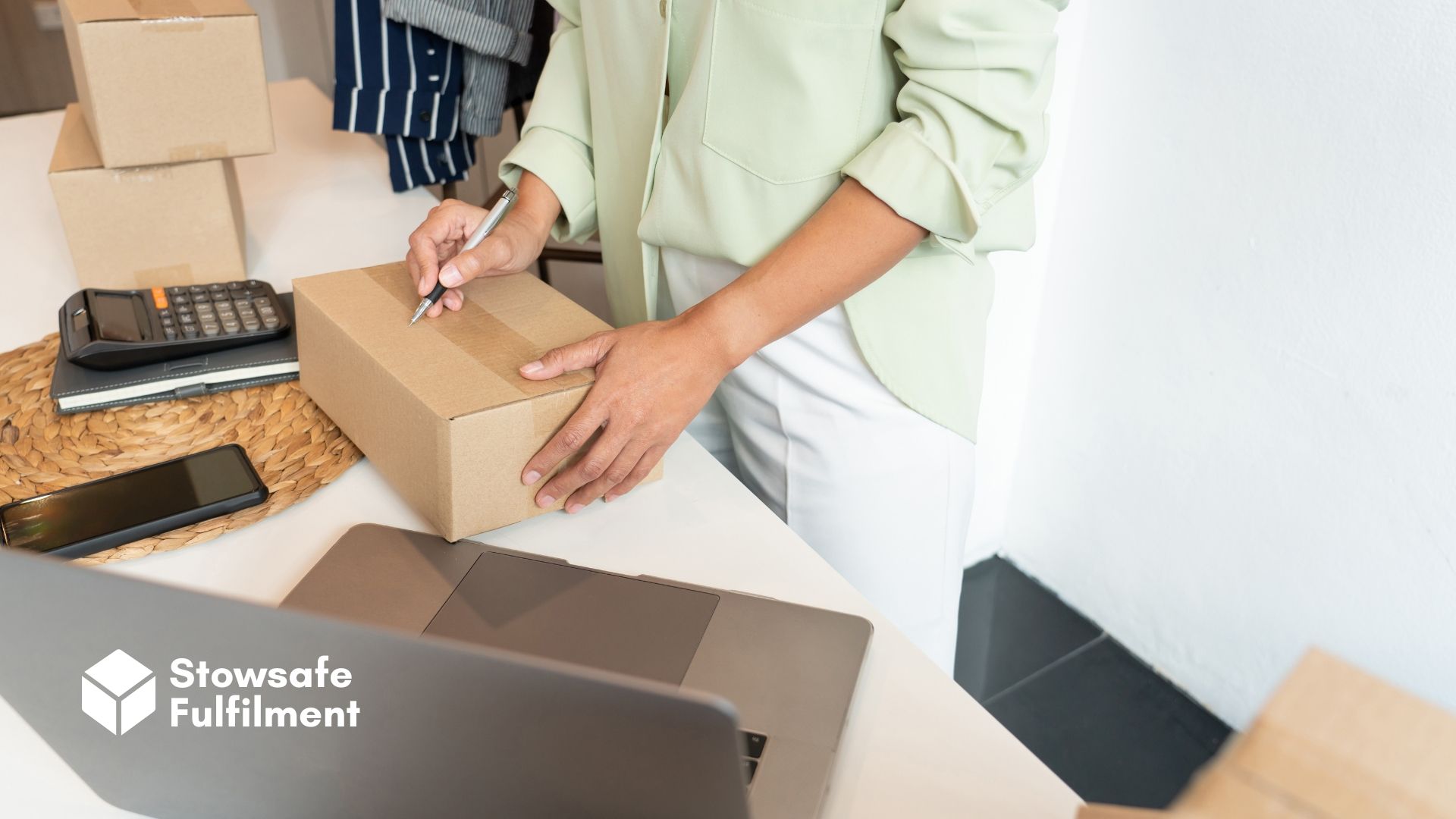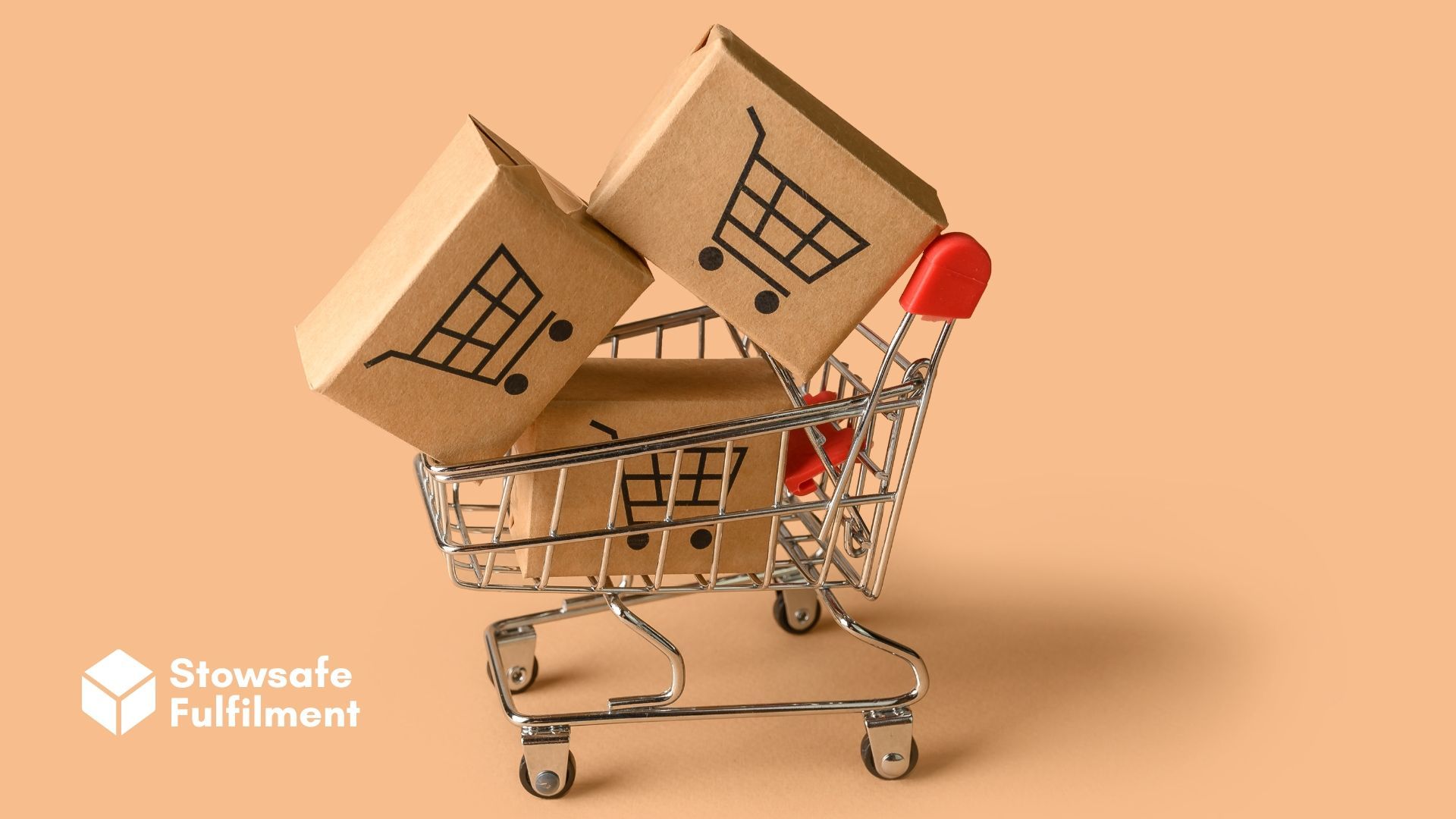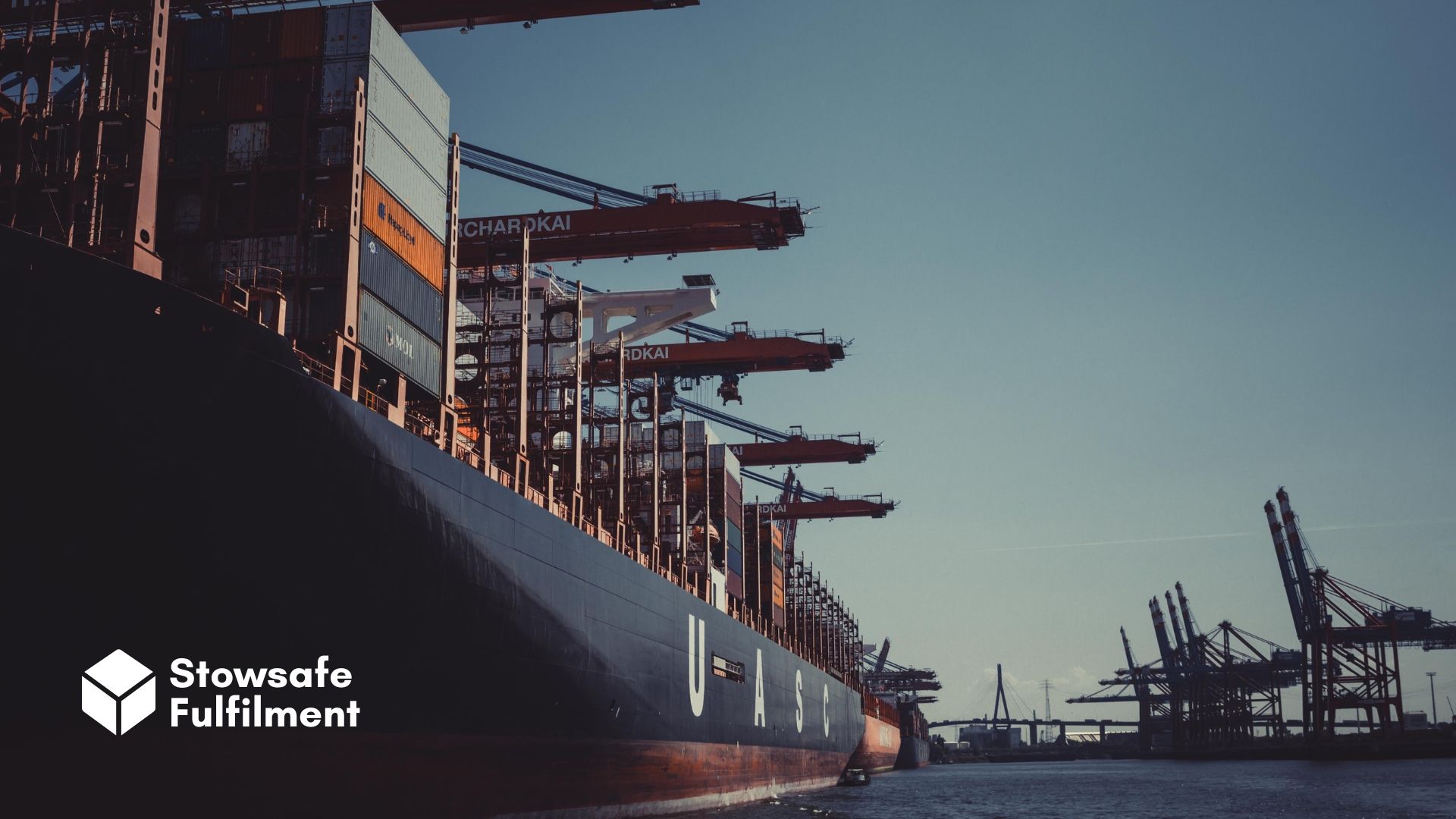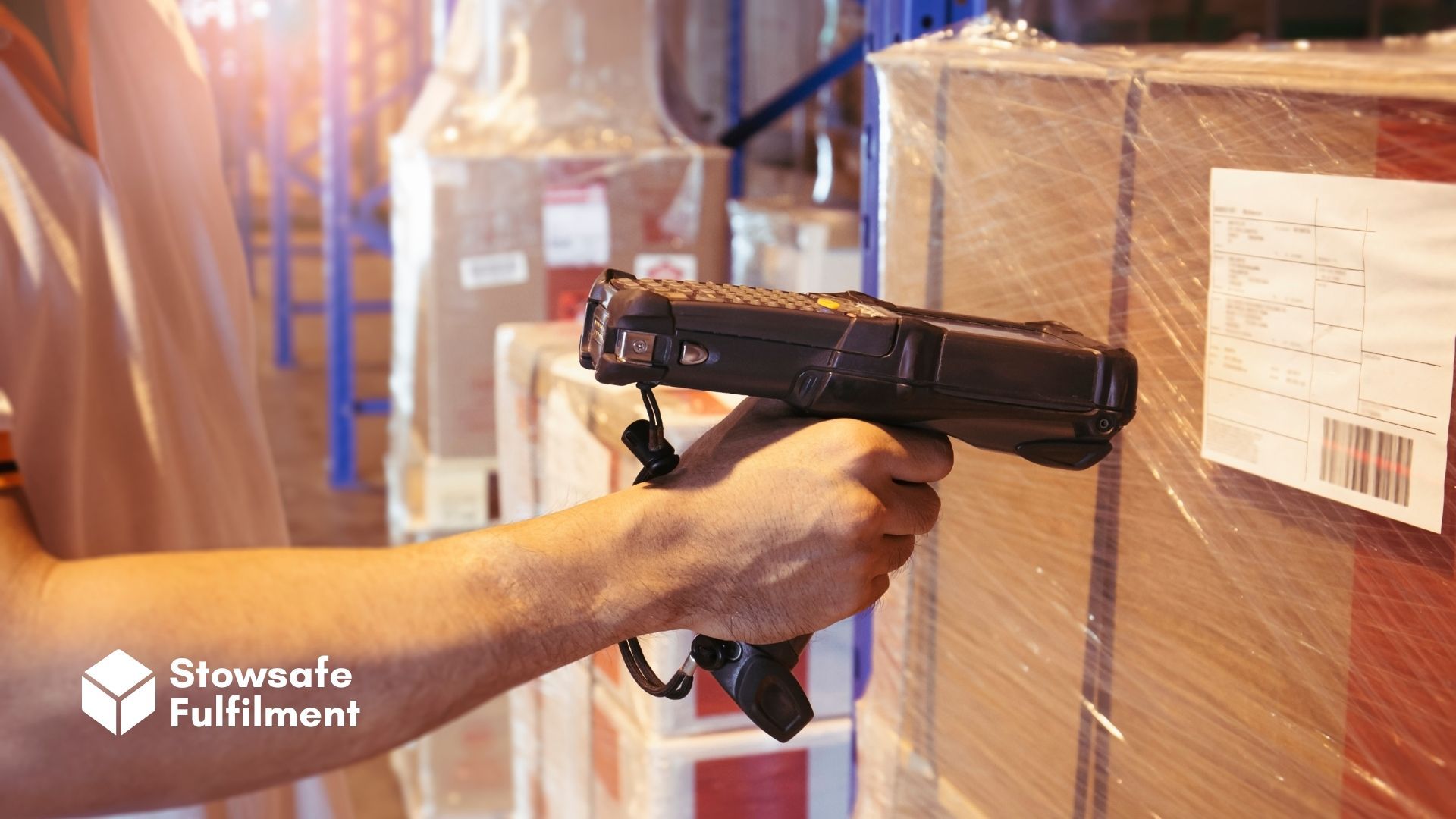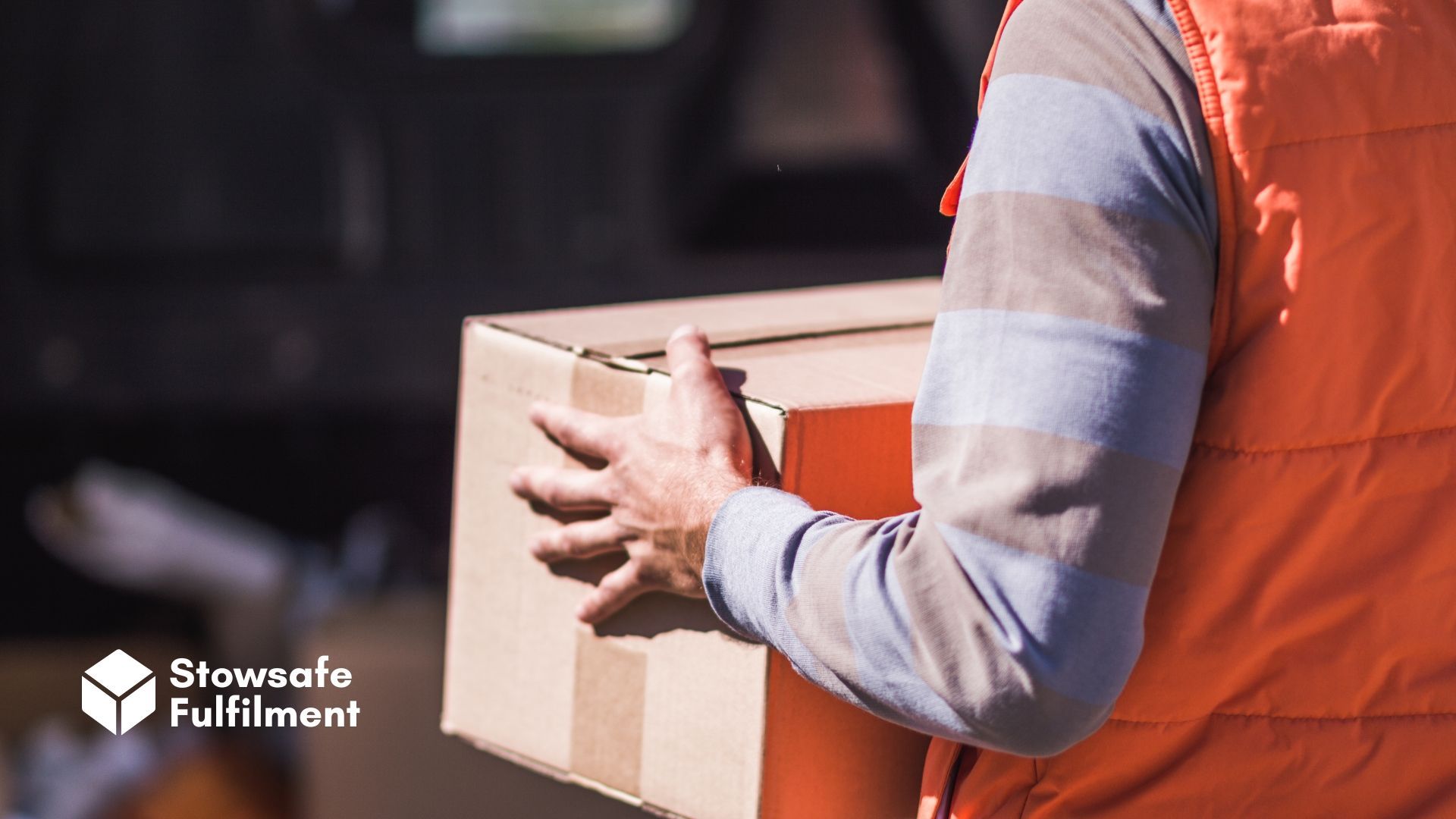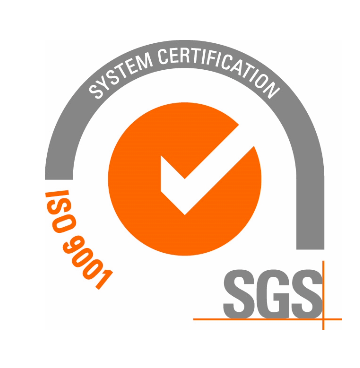With turbulence comes opportunity as 2022 is set to be a transformative year for eCommerce logistics. Discover the trends that are driving innovation.
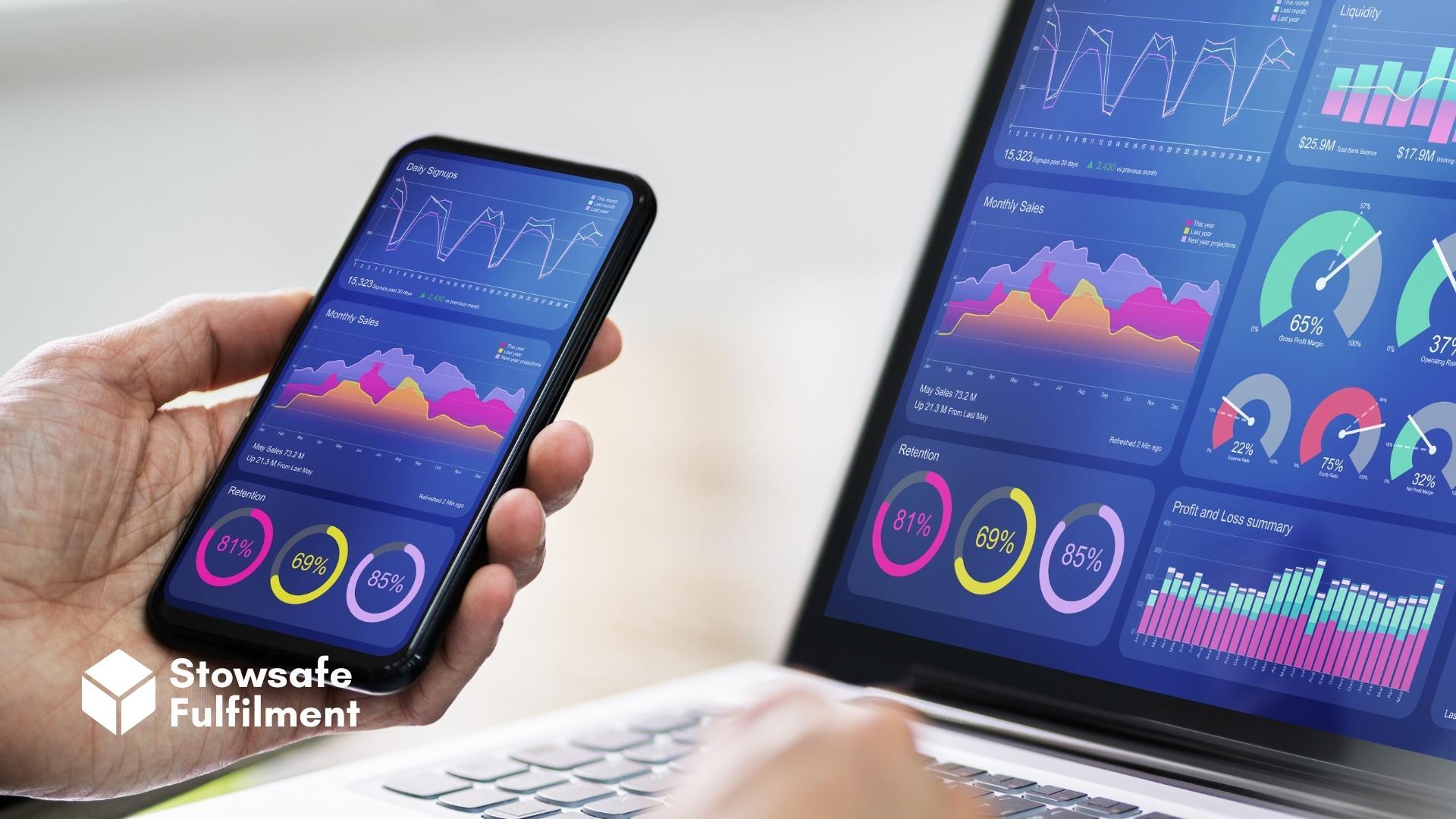
Logistics has always been an integral part of the supply chain, and with the eCommerce sector seeing exponential growth in recent years, fulfilment has started to take centre stage in the future planning of online enterprise.
With COVID-19 accelerating growth – and highlighting the vulnerabilities of the global supply chain – it is now more important than ever that third-party logistics businesses (3PLs), warehouses and their partners find ways to react in these turbulent times.
From changing consumer habits to a heightened focus on technology and sustainability initiatives, 2022 could prove a transformative year for logistics providers.
1. COVID-19 has changed consumer expectations around online delivery
In the wake of a global pandemic, it's no surprise that customer habits have changed. In an
interview with IMRG, one industry expert described four new types of consumers that have emerged, all with different expectations around online delivery.
One stands out as particularly relevant for the logistics industry: "digital shifters".
Representing 20% of the split, these consumers have made permanent adjustments to their shopping habits following the closure of brick-and-mortar stores, discovering new brands and benefitting from home delivery offers. People in this group are reportedly more likely to be "delivery-speed seekers", meaning that online order fulfilment needs to be fast and reliable to secure their custom.
We're witnessing an accelerated migration to online and rocketing demand for faster, cheaper deliveries, and we're likely to see a revolution in last-mile services as a result. There's potential for small businesses to pop up, or for larger, established companies to diversify into this space with smart technological innovations. Think optimised transport routes with autonomous vehicles, plus the use of alternative carriers (such as taxi services taking parcels in-between passengers) and even drones.
At this stage, however, third-party logistics providers (3PLs) remain the pervading solution, given their long-standing expertise in domestic and cross-border fulfilment.
2. Sustainability
Consumer and retailer focus continues to intensify on the topic of sustainability. With the cost of raw materials, packaging and transportation continuing to create challenges, retailers are battling to stay competitive and still turn a profit – all while making their enterprise more environmentally friendly.
Although 55.8% of customers
report they'd be willing to wait longer for greener deliveries, they're not always willing to make significant sacrifices. Only one in three online shoppers would be willing to use out-of-home delivery (such as pick-up points or lockers) – on the condition that it was cheaper than home delivery. For the logistics industry, this means other solutions need to be found to meet environmental targets, without relying on the end consumer to foot the bill or wait longer.
In recent years, the EU has introduced a tax on non-recyclable plastic packaging to encourage businesses to prioritise the usage of greener alternatives, and many companies have declared in-house plastic pledges to review packaging across the product journey, including fulfilment centres' choices of transit or void-fill packaging.
In the future, the logistics industry may see a seismic shift toward the use of smart or electric vehicles for transportation, or towards closed-loop supply chain models.
3. Reverse logistics and circular supply chains
With sustainability in mind, returns are a major challenge for eCommerce. Already slim margins can be swallowed by the cost of receiving goods back, processing refunds and replacements, and examining stock to determine whether it is to be resold or written off. 2022 will see reverse logistics optimisation brought to the forefront of most businesses' priority lists.
The notion of a circular supply chain is simple – goods that flow in reverse are reused, recycled, or resold, cutting down on waste and optimising the chain for efficiency and profitability. However, the reality is that most of the industry isn't there yet. The world still lacks the infrastructure necessary to achieve this, but 2022 might see this trend move a few steps closer to realisation – particularly when it has the potential to offer a huge competitive advantage with today's environmentally conscious consumer.
The global reverse logistics market is
estimated to be worth $659.1 billion in 2022 and is expected to reach $886.19 billion by 2027. To capitalise on the evident opportunities in this area, logistics firms will have to invest in new technologies and ensure that robust returns strategies are included in the foundations of their infrastructure. If they don't, the world of eCommerce might leave them behind.
4. Technology
While not a new trend, cloud-based logistics and warehouse management systems are set to continue increasing in popularity as the demand for online services rises – particularly in the wake of COVID and in preparation for 5G.
Today's world of eCommerce requires modern advances. Development of AI and IoT (internet of things) technologies will further contribute to warehouse management, automation of labour, just-in-time order fulfilment and data analytics.
5. Remaining agile in the face of supply chain disruption
Supply chain disruptions are expected to continue in 2022. According to 3PL Central's
2022 logistics industry report, supply chain disruptions cost the world an average of $184 million in 2021!
Retailers can better prepare themselves for future disruptions by diversifying their supplier base (not just across different manufacturers, but also geographical locations) and seeking out high-value relationships with reputable 3PL providers.
When it comes to managing risks associated with supply chain disruptions, 3PL warehouses are key stakeholders and strategic partners for their customers. Through expertise, insight, and technology, they are well placed to predict challenges, mitigate risks, weather storms (literally… who hasn't had a factory hit by a typhoon?) and extract the best value from domestic and international shipping. As such, demand for 3PLs is only set to grow this year.
As the world recovers and the eCommerce industry continues to grow and develop, it will become a necessity for third-party logistics providers to step up their game to cope with rising demand. There has never been a better time to invest in warehouse and storage management software, streamline picking, packing, and shipping processes, and fortify relationships with 3PLs, transportation and distribution networks.
Thanks for reading! We're an
eCommerce fulfilment provider based in the southwest of the UK. Be sure to bookmark our
logistics blog for more industry news and analysis.
All Rights Reserved | Stowsafe Fulfilment


